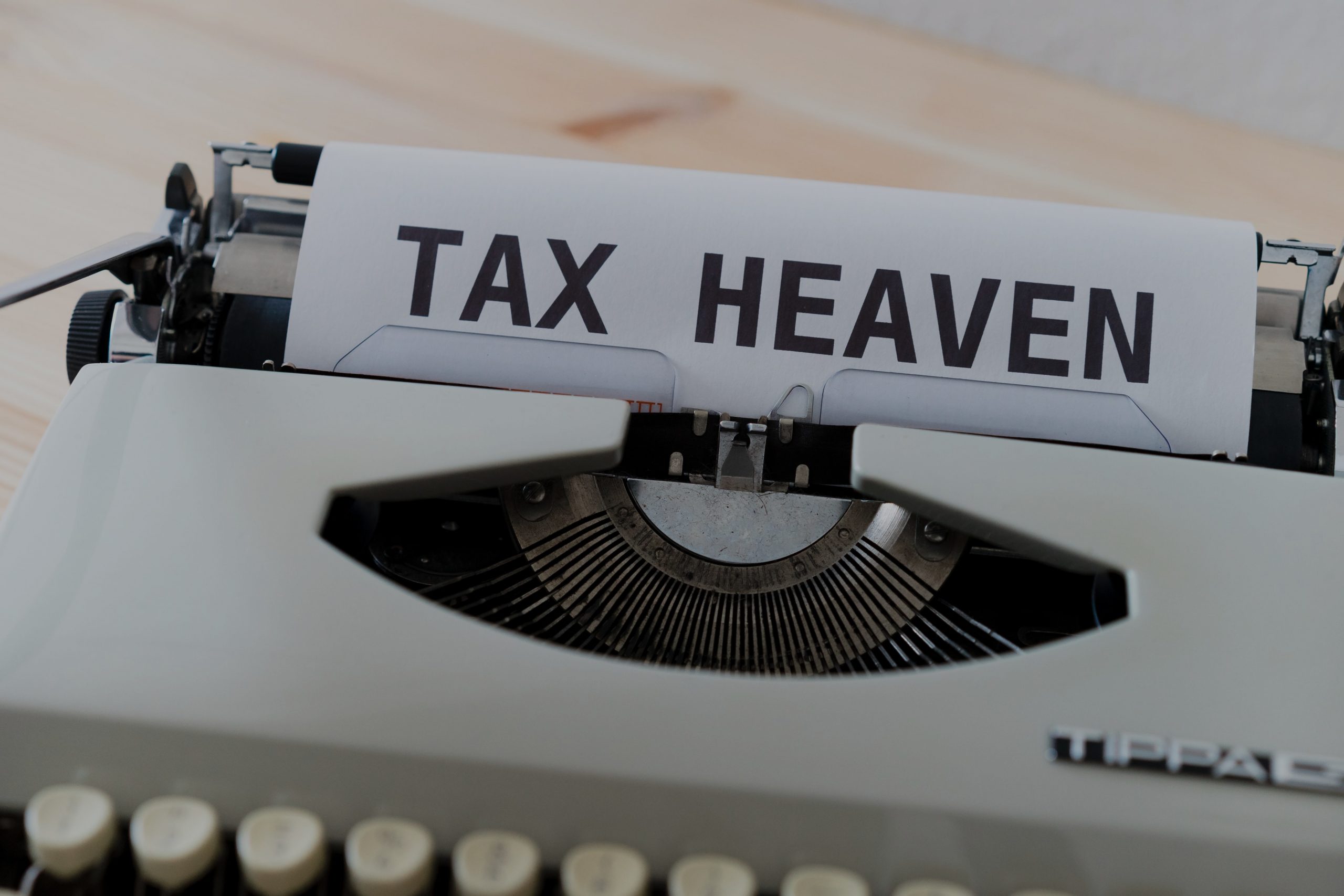If you are 60 or older, there is no tax on any lump sum or pension withdrawal.
Between 55 – 59 you will pay tax of up to 15% plus applicable levies on any lump sums you withdraw that in total exceed the low cap rate of $175,000 (2012/2013). This is only applied to the taxable component of your super.
Persons under preservation age (currently 55) will pay tax up to a maximum of 21.50% including medicare levy on the taxable component of any lump sum withdrawals made.
For persons under 60,- making withdrawals of their benefit as a pension the taxable component is taxed at the marginal tax rate less a 15% tax offset. The 15% tax offset applies even for persons under preservation age.
Calculating the taxable and tax free components
If you have no insurance cover in your super- the taxable component typically consists of previous compulsory employer contributions, any salary sacrifice contributions and investment earnings on the total balance.
If your super fund receives proceeds from a TPD insurance policy it is initially added to your taxable component.
| Example Jack has received proceeds of a TPD claim from his insurer within his super fund of $100,000. Harry had a super balance of $200,000 immediately prior to the proceeds being received which consisted of a taxable component of $150,000 (75%) and a tax free component of $50,000 (25%). The $100,000 insurance benefit is added to the taxable component bringing his total taxable component to $250,000 (83.3%) while his tax free component remains unchanged at $50,000 but as a proportion of his total balance has now fallen to 16.67%. |
The government recognises that the insurance payout and accumulated superannuation is in lieu of the member not being able to work again, so provides a further exemption on the taxable component which relates to the period from when the member is diagnosed as not being able to work again until the official retirement date of 65.
| Example 2 When Jack was diagnosed as not being able to work again, he still had 3500 days before he turned 65. Jack had been a member of his super fund for 5000 days prior to being diagnosed. The government determines that Jack has served 5000 days but would have been capable of serving 8500 days if he was not incapacitated so allows Jack to increase his tax free component by 3500/8500 of any withdrawals he makes. |
As a result of Jack’s time to normal retirement and the existing components of his super prior to any lump sum withdrawals, the government determines that Harry’s insurance payout will have a tax free component equalling his initial tax free proportion (16.67%) plus an allowance for the unused service days. If Jack withdrew a lump sum of $100,000 from his total balance the following applies:
| Lump sum payout | Taxable Component | Tax free component | ||
| $100,000 | $83,333 | $16,667 | ||
| Allowance for unused service days $100,000 x 3500/8500 | $58,824 | $41,176 | ||
The government determines the total tax free component as $57,843 ($16,667 + $41,176) and deducts this amount from the total payout of $100,000 to determine the taxable component which is $42,157($100,000-$57,843).
Jack’s taxable and tax free components now become:
| Taxable Component | Tax Free Component | Total Balance | |
| Super balance before Lump sum payout | $250,000 | $50,000 | $300,000 |
| Lump sum | $83,333 | $16,667 | $100,000 |
| Balance after Lump sum benefit | $166,667 | $33,333 | $200,000 |
| 83.33% | 16.67% |
The super fund only applies the calculation to increase the tax free component when a lump sum withdrawal is made or when the fund is rolled into another complying super fund. The reason for this is because the components are constantly changing through contributions and investment earnings (or losses) and a super fund is required to calculate the components of any lump sum withdrawal immediately prior to a lump sum withdrawal being made. If Jack was under 55 when he made the lump sum withdrawal he would pay 21.5% tax on the taxable component of $42,157. If he is between 55 and 60 it would be tax free if the amount is within his life-time low cap rate (currently $175,000 for 2012/2013)
If Jack decides to start a pension the calculation for unused service days is not applied so it is always better to roll the fund into a new fund before starting a pension.
Points to consider with TPD insurance
| A longer service period produces a lower tax-free component. Consider holding TPD insurance in a fund with a shorter service period. |
| The younger you are the more your tax-free component will be as you have more days to your deemed retirement. |
| The increased tax-free component is only applied to a lump sum and not a pension. Consider rolling the account into a new fund before commencing a pension to activate the increased tax-free component. |
| If withdrawing a lump sum, consider delaying until preservation age (55) to reduce tax or look at starting a pension after a rollover. |
